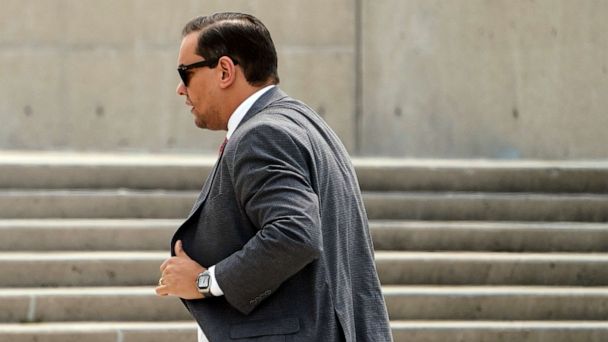
To hear Sarepta CEO Doug Ingram tell it, the results Monday afternoon from a large trial of its gene therapy for Duchenne muscular dystrophy marked a clear medical breakthrough. “A massive win,” he told investors, that could lead to its approval for all patients with the fatal muscle-wasting disease regardless of age.
And yet the rest of the Duchenne community was more cautious in its enthusiasm. The study — the most rigorous test to date of a technology 30 years in the making — had technically failed, as so many had before it.
advertisement
“It’s extremely frustrating,” said John Brandsema, a pediatric neurologist at Children’s Hospital of Philadelphia who worked on the study. “When you spend decades trying to bring therapies into the clinic for something so severe and just keep missing over and over again.”

Get unlimited access to award-winning journalism and exclusive events.
Subscribe Log InNext article: In Memoriam: Notable people who died in 2023


















